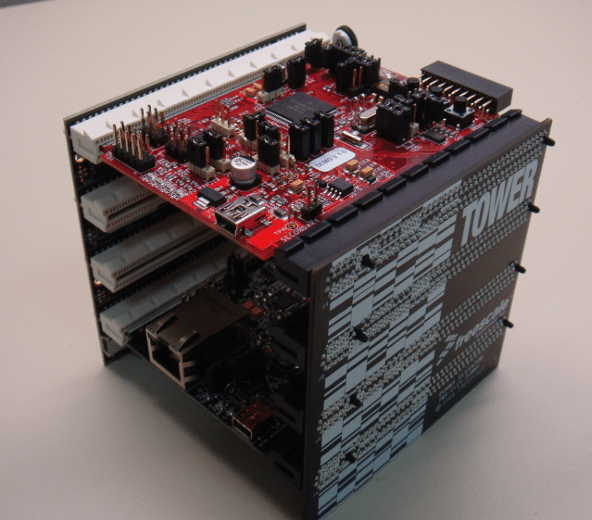Powered by the Flexis MM microcontroller family, transforms glucose monitoring through precision engineering and innovative design.

The regulation of blood glucose levels is a finely tuned process in the human body, primarily governed by two hormones produced by the pancreas: insulin and glucagon. Insulin, secreted by beta cells, is released in response to elevated blood glucose levels, while glucagon, produced by alpha cells, is secreted when blood glucose levels are low. This delicate balance is crucial for maintaining metabolic homeostasis. However, disruptions in this system can lead to diabetes, a chronic condition characterized by abnormal blood glucose levels. Diabetes arises when the pancreas fails to produce sufficient insulin or when the body’s cells become resistant to insulin’s effects.
To address the need for accurate glucose monitoring, this reference design AN4364 by NXP Semiconductor introduces a glucometer, referred to as MED-GLU. The device leverages advanced microcontroller technology to ensure precise glucose measurement. It is implemented using the Freescale MCU Kinetis K53, a MCF51MM, or an S08MM128, all part of the Flexis MM family. These microcontrollers boast features optimized for medical applications. The Kinetis K53, for instance, includes an ultra-low-power operation mode, two operational amplifiers (OPAMP), two transimpedance amplifiers (TRIAMP), two 12-bit digital-to-analog converters (DAC), and two 16-bit SAR analog-to-digital converters (ADC) with up to 31 channels and programmable gain amplifiers (PGA). Additional features include an inter-integrated circuit (I2C), USB connectivity, and an ARM Cortex M4 core with digital signal processor (DSP) instructions.

Similarly, the MCF51MM and S08MM128 microcontrollers provide ultra-low-power operation, two OPAMPs, two TRIAMPs, a 16-bit SAR ADC with four differential channels and up to 12 external single-ended channels, a 12-bit DAC, I2C, USB connectivity, and a multiply-accumulate (MAC) unit available in the MCF51MM. These microcontrollers are built on ColdFire V1 and HCS08 cores, respectively. The glucometer’s implementation requires additional external components integrated into an Analog Front End (AFE). A critical aspect of the system involves the use of glucose oxidase enzyme to catalyze a reaction between glucose and oxygen, leading to a change in pH, oxygen partial pressure, and hydrogen peroxide levels due to glucose oxidation. The output generated by the test strip in this reaction is a current proportional to glucose concentration.
The current is converted to a voltage using a current-to-voltage converter to process this signal. This conversion relies on the TRIAMP embedded in the Kinetis K53, which features a single supply, low-input offset voltage, low-input offset and bias current, and an external feedback resistor. The resulting voltage signal undergoes filtering and treatment to ensure precise glucose measurement, forming the basis of an efficient and reliable glucometer design.

NXP Semiconductor tests it, including system block diagrams, schematics, and PCB design files. This ensures users have access to all necessary resources for implementing, evaluating, and customising the solution. It features a robust power system based on high-performance components, ensuring reliability and efficiency.For more information, click here.
